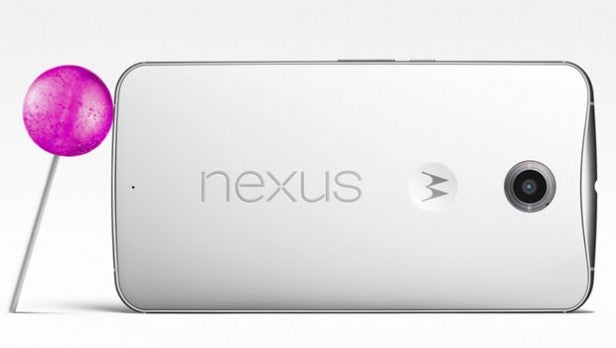Apple stopped Nexus 6 from having fingerprint sensor

Google’s Nexus 6 smartphone was meant to have had a fingerprint sensor, but Apple stepped in and spoiled the plans.
That’s the assertion made by Dropbox chief operating officer Dennis Woodside, at least.
If you’re wondering why he would know such a thing, it’s because of Woodside’s former job as chief executive of Motorola – the manufacturer of the Nexus 6.
In an interview with The Telegraph, Woodside revealed that the dimple on the phone’s giant curved back was supposed to house an iPhone 6-like fingerprint sensor. Then Apple swept in and removed the targeted component from availability.
“The secret behind that is that it was supposed to be fingerprint recognition, and Apple bought the best supplier,” said Woodside. “So the second best supplier was the only one available to everyone else in the industry and they weren’t there yet.”
This would perhaps explain why other manufacturers’ fingerprint sensor technology wasn’t just later than Apple’s, but inferior to boot.
Still, Woodside reckons that the addition of a fingerprint sensor to the Nexus 6 “wouldn’t have made that big a difference.”
So what does Woodside really feel about his old company’s most recent high-end phone?
“It is enormous,” he said. “It’s a bit big for me; I drop it all the time.”
Read More: iPhone 6 Plus vs Nexus 6
The Nexus 6 launched in November to mixed reviews. While many appreciated its spacious and sharp 6-inch QHD display and its premium design, the phone has been heavily criticised (by us included) for the very reason Woodside pointed out. It’s huge.
We’re inclined to agree that a second-rate fingerprint sensor probably wouldn’t have change impressions too much.


